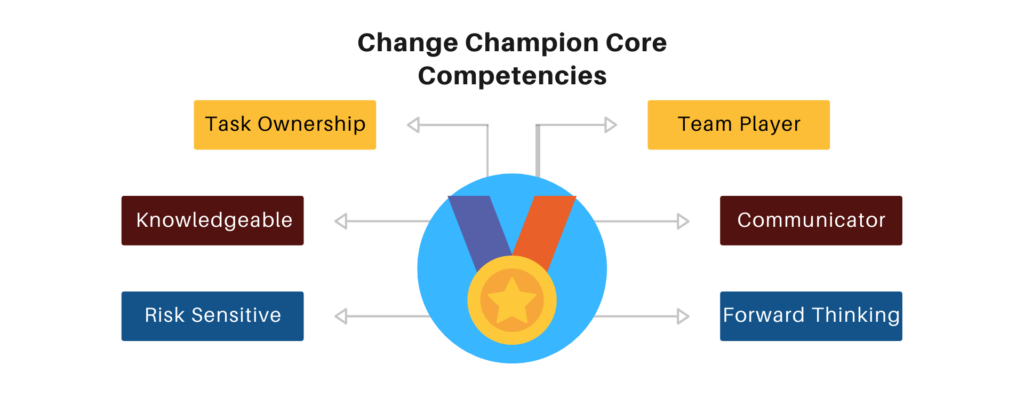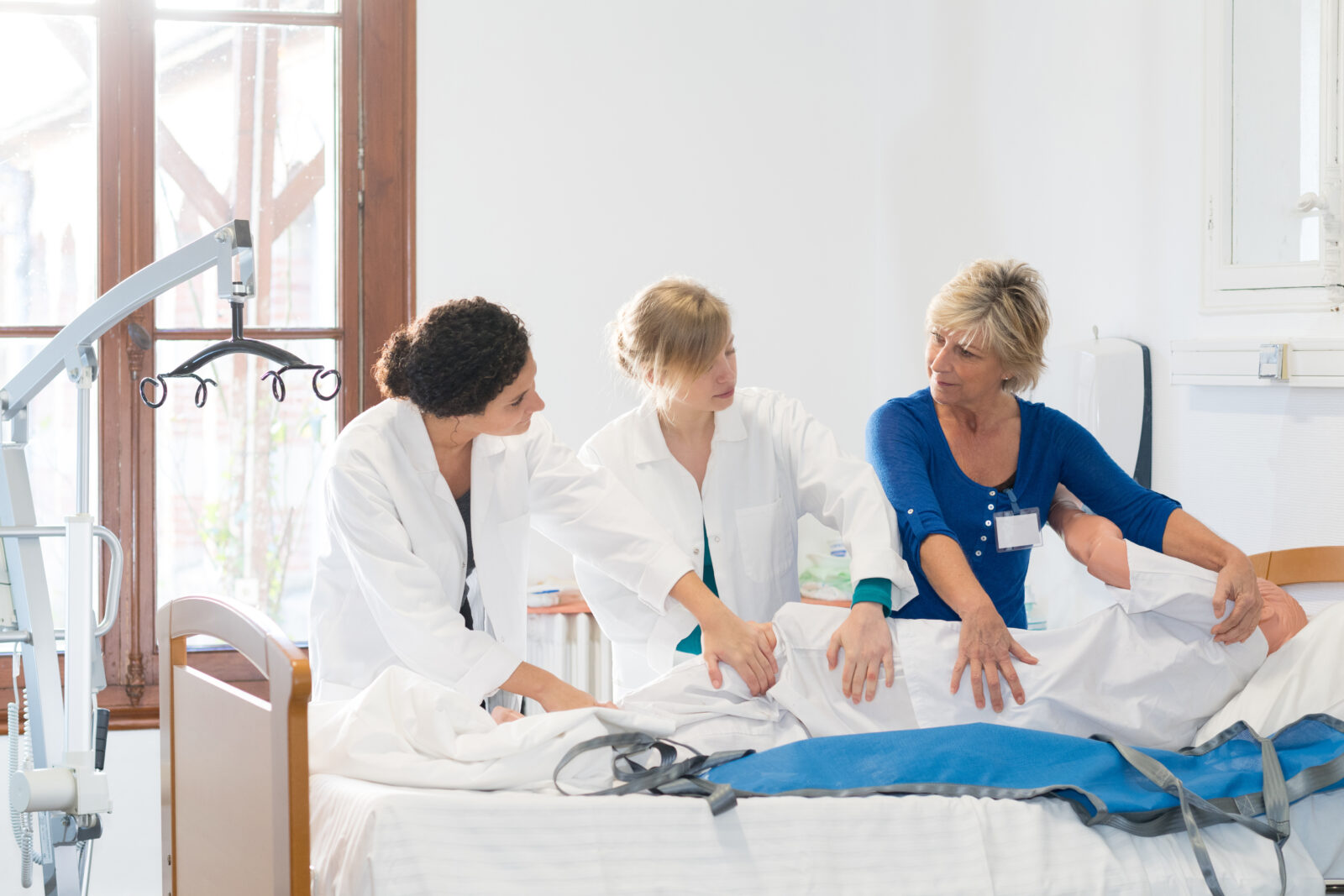When activating a new healthcare space or facility, existing staff will require orientation to their new environment and training on any new equipment, systems, or building features. New facility Department-Specific Orientation and Training is quite different from the standard orientation and training provided when onboarding new staff. We work with our client partners to focus on the “new and different” components. Once identified, these items become the focal points for building the Department-Specific Orientation and Training plan. Department-Specific Orientation and Training should be completed prior to Dress Rehearsal activities for those participating in these scripted simulations of Day 1.
As the facility’s construction phase comes to an end, the orientation and training activities ramp up. Identified department Champions will begin the process of leading Department-Specific Orientation and Training sessions. Champions play a crucial role in activating a new facility by leading Department-Specific Orientation and Training and supporting the change internally. The human element of any project is typically the most challenging part of the job. Getting people emotionally ready to move into a brand-new building should always be a top priority for any Transition and Activation Planning team.
Identify Champions from all impacted departments, including departments that may not be moving into the new space but will support the relocating departments, such as ancillary, support staff, and volunteers. Before leading Department-Specific Orientation and Training, Champions should attend vendor-provided training on any new equipment, systems, or devices. Using the ‘train the trainer’ model, a subset of Champions will then lead their peers’ training on these ‘new and different’ equipment, systems, and devices. Below is a summary of the activities that should be included in a Department-Specific Orientation and Training plan.

Vendor (Champion) Training
During vendor training, new equipment and system vendors are brought in to train the Champions on these items. Having vendors onsite to train Champions on the more complicated or high-risk equipment is critical, so it is essential to schedule vendors early (at least three months before training). The schedule for vendor training will depend on the amount of equipment and systems that are new and different, and the negotiated contract to purchase the items. Vendor training should occur about three to four months before the facility opens and as close to the first Dress Rehearsal event as possible to ensure knowledge retention. All Champions must receive vendor training before the first Dress Rehearsal so that the events are as efficient as possible in validating the staff training.
When planning for vendor training, logistical considerations include identifying where training will occur, developing a training backfill plan, and scheduling the vendors for the day. If training is conducted within the new facility, Champions will first need to complete New Facility Orientation, including Fire and Life Safety training. This ensures Champions are prepared to work within the new space safely.
Department-Specific Orientation and Training
After Champions are trained and have completed the first Dress Rehearsal event, training plans are updated and modified to reflect any changes to workflow, paths of travel, or other issues discovered during Dress Rehearsal. Champions will use the updated training plans and materials to train end-users during Department-Specific Orientation and Training. This sequence of training Champions first, then testing the training during the Dress Rehearsal event, and subsequently updating training plans and materials is crucial to ensure the end-users receive the final validated training.
Depending on the complexity and the magnitude of change, Department-Specific Orientation and Training may require between 4 to 16 hours per person. High-technology areas, such as operating rooms, may need even more time. Department-Specific Orientation and Training components include workflow reviews, paths of travel validation, new equipment and system training, scavenger hunts, and department-specific Dress Rehearsals. Interactive sessions rather than lecture-based training are recommended. Group assignments, quizzes, and other collaborative activities make the training more enjoyable and help employees retain the information. Embrace computer-based training modules; while certain types of training may be better suited for face-to-face training, many others can be completed online. Computer-based training modules are often more convenient for employees as they can be done from various locations, at different paces, and at times that work within an employee’s schedule.

The orientation and training of a new facility’s staff is not only a requirement of many regulatory agencies, it also ensures that the team is confident on Day 1 Activation. Designing and implementing a training program to meet your organization’s needs will require months of planning and coordination. We recommend reaching out to colleagues within the industry who have led similar projects to yours. This will provide you context before beginning the planning of your orientation and training plan.

